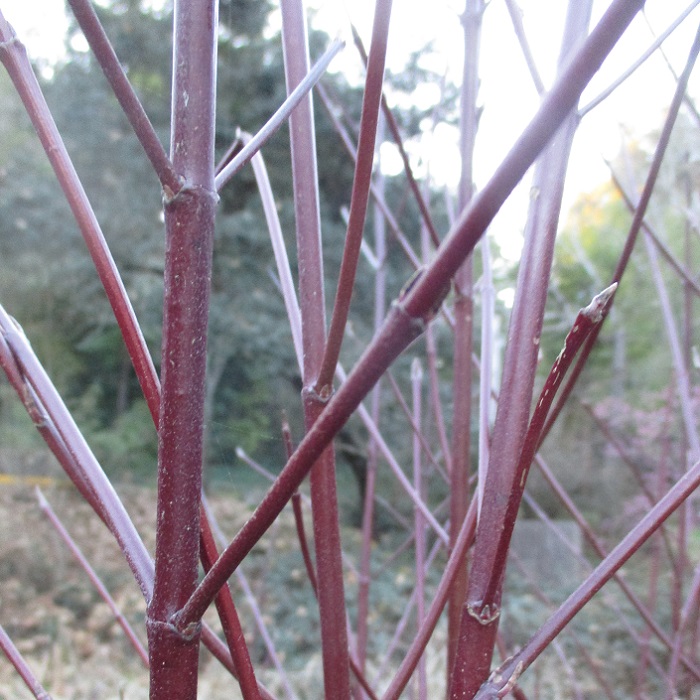UNITED STATES—Seasonal pruning is just as the terminology implies, seasonal. It might seem as if it all happens in winter. Most of it begins after cooling autumn weather initiates dormancy. Most of it is completed before warming spring weather stimulates vascular activity and resumption of growth. That is why most seasonal pruning is referred to simply as winter pruning. Winter really is best for most of it.
However, most is not all. Plants that are damaged by frost should not be pruned immediately. Because pruning removes insulating vegetation, and stimulates new growth that is more sensitive to frost, such pruning is delayed until after the threat of subsequent frost. Birches and perhaps maples are popularly pruned in late summer or autumn because they bleed so much if pruned in winter.
Flowering cherry, plum, peach, crabapple and quince do not need the same sort of pruning that their fruiting counterparts rely on. Their exquisite bloom is the priority, rather than fruit. Pruning prior to bloom could diminish their potential. They can instead be pruned immediately after bloom, as new growth is emerging, or later in summer after soft new growth has become a bit more resilient.
Lilac and forsythia should likewise be pruned after spring bloom, but more aggressively than the flowering fruitless ‘fruit’ trees. If not pruned enough, they will produce fewer canes through summer to bloom the following spring. Older and gnarlier canes should be cut to the ground to favor younger and less branched canes. Old Oregon grape and Heavenly bamboo canes can be culled too.
Redtwig dogwood and cultivars of willow that are pollarded or coppiced for their colorful twigs can be pruned later too. There is no need to deprive them of their primary assets prematurely. They should be pruned as winter ends though, before their buds start to pop. Pussy willow is an exception that gets harvested after buds have fuzzily popped, but before new growth begins to develop.
Evergreen plants can be pruned late in winter, just before new growth develops to replace what gets pruned away.
Highlight: redtwig dogwood
Most dogwoods are popular for spectacular white or pink spring bloom prior to foliation. Redtwig dogwood, Cornus sericea, is an odd one though. It is a ‘dog’wood that is appropriately grown for colorful twig ‘bark.’ It blooms later than other dogwoods, and after foliation. The one to two-inch wide trusses of tiny pale white flowers lack the flashy bracts that make other dogwoods so colorful.
Another difference is that, unlike more familiar dogwoods, redtwig dogwood naturally grows as a shrubby riparian thicket rather than as a small tree. Long limber branches can grow to more than 15 feet high only by leaning into other trees or shrubbery. In home gardens, they typically get coppiced or pollarded just before foliating in spring, to develop twiggy growth for color next winter.
After a bit of autumn chill and defoliation, young stems of well exposed wild redtwig dogwood are a delightful glossy ruddy brown. Twigs of garden varieties are richer cinnamon red, rusty orange, soft yellow, orange blushed pale yellow, or yellowish green. Color is subdued by shade. Some cultivars have variegated foliage. Autumnal foliar color is more impressive in more severe climates.
Horticulturist Tony Tomeo can be contacted at tonytomeo.com.






